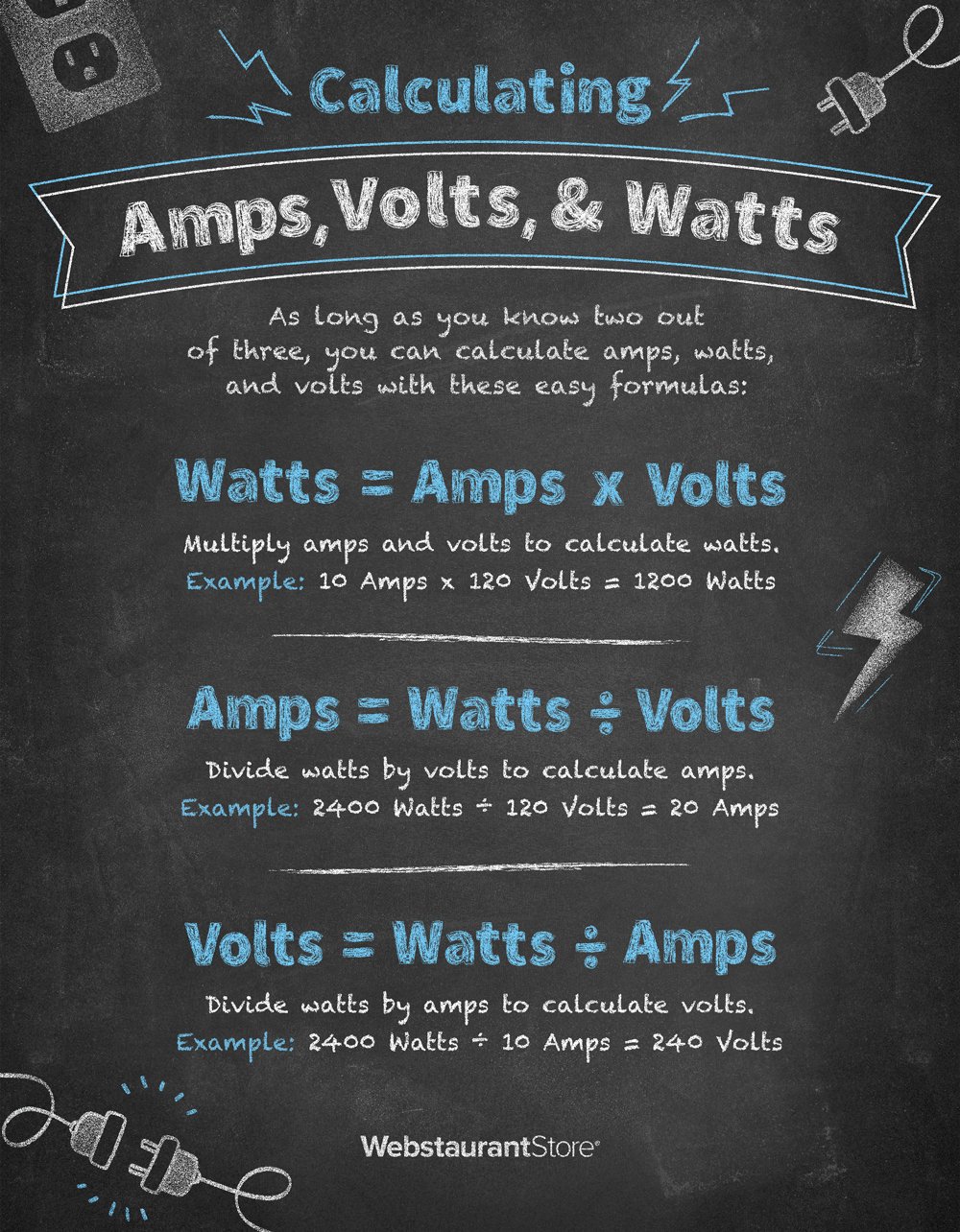
How to Calculate Amps, Volts, and Watts
If your kitchen equipment isn't working properly, it's time to check the electrical requirements. Operators hooking commercial kitchen equipment to the wrong voltage is the No. 1 reason for its malfunction. Prevent this by identifying the volts, amps, and watts of your foodservice machinery and confirming their compatibility with your building's utilities. If you only have two of those electrical ratings, you can calculate the missing data. We provide a calculator that instantly converts amps to watts or volts, and we also offer a series of electrical conversation formulas so you can calculate the conversions yourself.
Electrical Calculator
Use our voltage calculator to accurately calculate amps, voltage, or wattage. Simply fill in two of the blank boxes below and click "Calculate" to calculate amps, volts, and watts.
Electrical Conversion Formulas
Alternatively, a handful of basic equations allow you to calculate the missing information on your own.
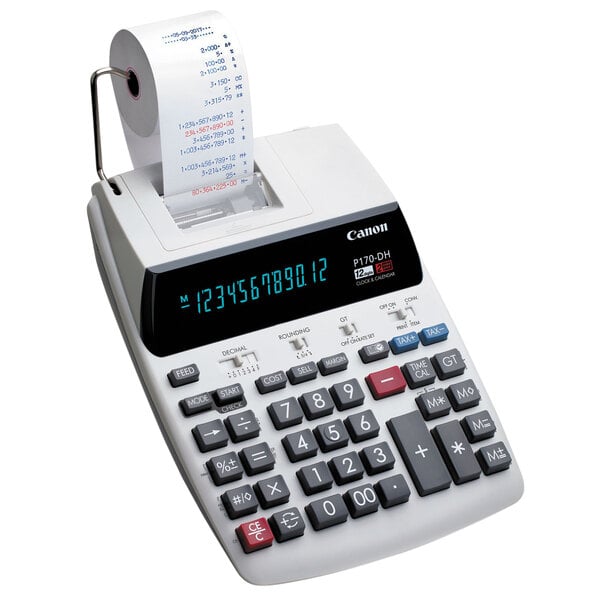
Watts = Amps x Volts
Examples:- 10 Amps x 120 Volts = 1200 Watts
- 5 Amps x 240 Volts = 1200 Watts
Amps = Watts / Volts
Examples:- 4160 Watts / 208 Volts = 20 Amps
- 3600 Watts / 240 Volts = 15 Amps
Volts = Watts / Amps
Examples:- 2400 Watts / 20 Amps = 120 Volts
- 2400 Watts / 10 Amps = 240 Volts
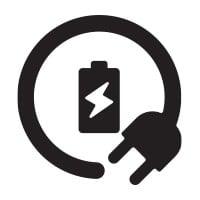
What Are Amps, Volts, and Watts?
Wondering what the difference between amps and volts is? Voltage, amperage, and wattage are all related. Read on if you’re interested in learning more about these electrical terms and how they work together.
Amps: Amperes, commonly known as amps, measure the flow of electricity as an electric current. Specifically, they measure the amount of electrons that flow past a certain point per second. A common analogy used to describe how amps work is a garden hose. Amps can be compared to the volume of water flowing through the hose. The more gallons of water flowing through the hose per minute, the stronger the current. Or, as the number of electrons flowing past a certain point per second increases, so do the amps.
Volts: How do we make those amps flow? Voltage. In sticking with the garden hose analogy, voltage is similar to the water pressure in the hose. The pressure, or force, is what causes the water to flow. Volts are a measure of how much force each electron is under, which is called "potential.” Potential is what causes electricity to flow. The difference between volts and amps is that amps measure the volume of electrons flowing while volts measure the pressure causing them to flow.
Watts: Amps and volts combine to create watts, a measurement of the amount of energy being released. In the case of the garden hose, this would be the amount of water flowing. The higher the wattage, which we now know is the combination of electrical potential and flow, the more power and output we'll see. For example, the more wattage a microwave has to offer, the faster it will cook your food.
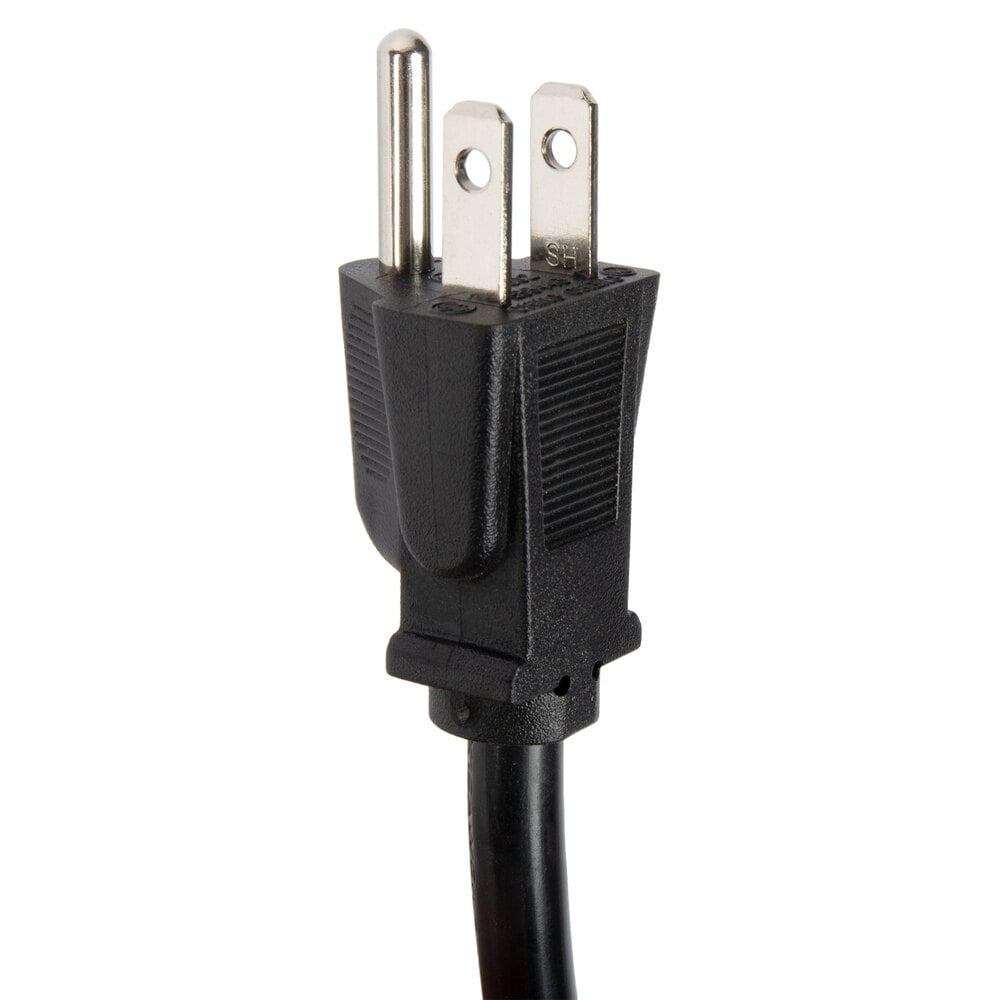
Why are Electrical Ratings Important?
Hooking up your foodservice equipment to the wrong voltage is the number one reason for equipment failing to operate as it should. If you connect your new equipment to the wrong power supply, it won’t work as efficiently and may even become damaged.
Considering the investment required to outfit your kitchen with commercial equipment, you’ll want to make sure the electrical requirements are met. Use our voltage calculator to accurately calculate amps, voltage, or wattage so you can avoid this common misstep.
Commercial Kitchen Equipment Electrical Requirements
It's important to note that most of the refrigeration units, cooking appliances, and ware washing equipment on our site is designed for commercial or institutional use. The electrical specifications and requirements can vary greatly from item to item. For example, many larger items such as ranges, bakery convection ovens, and oven-proofer combos don't come with a cord and plug. These units must be hard-wired by an electrician. We highly recommend consulting an electrician if you are unsure about the suitability of a particular piece of electrical equipment for use in your business.
Related Resources

ENERGY STAR Appliances and Rebates
If you're looking for ways for your restaurant to go green this year , investing in ENERGY STAR appliances will help your business to save money while reducing your carbon footprint. In this guide, we'll explain what ENERGY STAR is, what it means for appliances, and how you can check if you qualify for any ENERGY STAR rebates. Shop All ENERGY STAR Equipment What Is ENERGY STAR? ENERGY STAR is a voluntary program that provides labels and certifications, backed by the government, that indicate if a product meets a particular energy-efficient standard. ENERGY STAR was established in 1992 by the U.S. Environmental Protection Agency (EPA) as a way to reduce greenhouse gases and other pollutants that are released into the environment by commercia
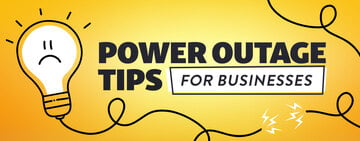
Power Outage Procedures for Businesses
Power outages can strike at any time, disrupting the normal operations of businesses across various industries. From small local shops to large-scale manufacturing facilities, no establishment is exempt from the potential impact of a power outage. These disruptions can result in significant financial losses, compromised customer service, and even food safety hazards . Therefore, businesses must create well-defined power outage procedures to minimize the adverse effects during the outage and ensure a quick and efficient recovery. Preparing for Power Outage Though power outages are unpredictable, circumstances such as inclement weather, high power demand, and extensive construction projects increase the probability of power loss. Managers and
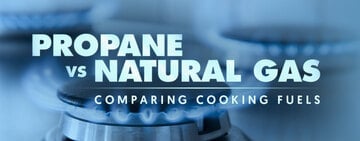
Propane vs. Natural Gas: Comparing Cooking Fuels
Whether you manage a restaurant , cafe, or food truck , gas-powered cooking equipment is frequently used in foodservice operations. Gas burners generate significantly more heat than electric burners, allowing for faster cooking times and greater efficiency in the kitchen. The two main types of gas used in commercial settings are propane and natural gas. We'll introduce both types and what sets them apart below. Use these links to learn more about propane and natural gas: What Is Natural Gas? What Is Propane? Difference between Propane and Natural Gas What Is the Cost of Propane vs. Natural Gas? Propane and Natural Gas FAQ What Is Natural Gas? Natural gas is a fossil fuel extracted from the ground. It is primarily composed of methane, a colo
- Topics 1343
- Industrial 55
- Troubleshooting Guides 21
- Restaurant Management 128
- Bar Management 55
- Catering Tips 35
- Bakery Management 41
- Food Trucks & Concessions 49
- Advertising & Marketing 37
- Eco-Friendly Tips 11
- Facility Layout & Design 41
- Coffee Shop Tips 27
- Installation & Maintenance 51
- Janitorial & Pest Control 30
- Safety & Sanitation 88
- Startup Tips 104
- Menu Design 10
- Kitchen & Cooking Tips 81
- Hospitality Management 23
- Pizza & Sandwich Shop Tips 35
- Smallwares 37
- Food Prep 88
- Tabletop Items 17
- Disposables 22
- Calculators & Tools 6
- Consumables 52
- Warewashing & Laundry 18
- Cooking Equipment 90
- Food Storage & Refrigeration 51
- Beverage Equipment 34
- Office Supplies 6
- Resource Type
- In-Depth Articles271
- Buying Guides296
- How-Tos93
- Product Reviews77
